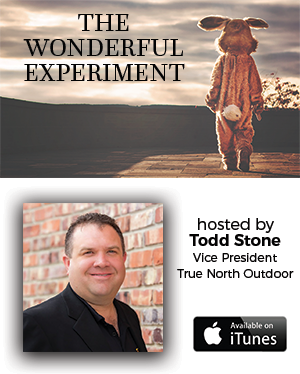The day after I wrote the first article in this series, my daughter happened to watch an episode of one her favorite cartoons on PBS called “Cyberchase”. It was all about dew points, and this three minute clip from the show explains how dew points work better than most meteorologists can. Dictionary.com simply defines dew point as “the temperature to which air must be cooled, at a given pressure and water-vapor content, for it to reach saturation; the temperature at which dew begins to form.”
Overrunning is the term used to describe when moist, warmer air moves up and over a mass of colder air. The warm air cools as it rises causing the moisture in the air to condense into clouds that typically cause steady precipitation over a large area, which lasts as long as 12 to 24 hours. If the cold air mass under the warm air is below freezing, the precipitation falls as snow.
Meteorologists describe Lake Effect Snow surrounding the Great Lakes, but often fail to fully describe its meaning. As you know, Lake Effect Snow occurs when the land immediately to the East and Southeast of each of the Great Lakes receive more snowfall than its neighbors. This is due to a mass of extremely cold air moving over a body of warm water causing clouds to build over the lake. As the clouds pass over the ground, they travel up into colder air, and since colder air can hold very little moisture, snow begins to fall.
Finally, thundersnow, yes, thunder and lightning during a snow storm. Though many people think it’s a myth, thundersnow does occur; it’s just not very often. In fact, between 1961 and 1990, thundersnow was officially recorded about 375 times. It happens most frequently between February and April, when temperatures become the most varied. As we all know, it’s not uncommon to see a temperature swing of 30 degrees from day to day during this timeframe. The mixture of these cold and warm air masses causes vertical movements of air and creates the heat and energy needed to cause lightening. This mixture of warm air and cold air can also come from the Great Lakes and the Great Salt Lake, causing thundersnow along with Lake Effect Snow. Click here to hear thundersnow happen during a live news broadcast. The meteorologist’s reaction is great.

